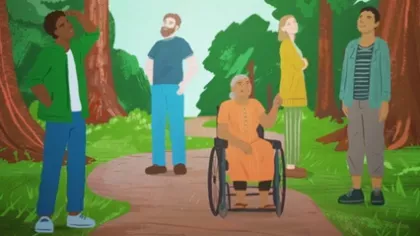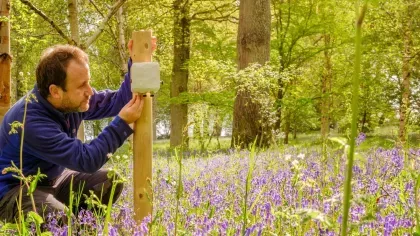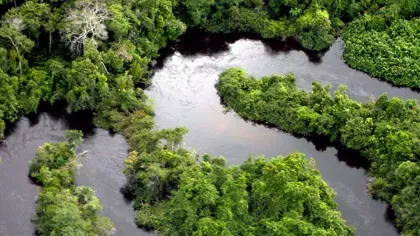22 May 2022
Nature and wellbeing: The inside story
Find out more about our Wellbeing research, part of Wakehurst’s flagship project 'Nature Unlocked' exploring the value of UK biodiversity.

How and why is nature important for our mental and physical health?
These, and more, are the questions that our Wellbeing research team are striving to answer.
On World Biodiversity Day, we want to explore how our Nature Unlocked program is investigating the health benefits that biodiverse places can bring.
From May to November 2022, this pioneering project will see Wakehurst transform into a ‘living laboratory’ as our experts monitor how, when and why we choose to spend time in nature.
We’ll be exploring the idea that biodiverse habitats make us happier, healthier humans, by providing benefits for both our physical and mental health.
Wakehurst’s biodiverse 535-acre site forms the ideal landscape for this research, as Kew scientists can undertake expert studies across the microcosm of different habitats all in one place.
Lorraine Lecourtois, Head of Public Programmes, is heading up the research from Wakehurst and said, 'What we really want to explore is the characteristics of the different landscapes and the impact they have on people. What is it about the habitat types and biodiversity of nature that improves our mood?'
The team, co-led by Royal Holloway, University of London’s Professor Dawn Watling, are keen to explore new avenues, many of which remain to be investigated at this level.
By gathering data, Wakehurst scientists bring metrics to the forefront of this research, quantifying our need to spend time in nature.

Calling on the public
Across Wakehurst’s 535-acre site, we want to find out how all members of the community connect with nature, from children on school visits to day-tripping adults.
The research will be divided into two areas, with separate surveys for adults and children.
Randomly-selected adults are equipped with a Heart Rate Variability (HRV) wrist monitor, which tracks their blood pressure and heart rate as they walk around the Wakehurst site.
To supplement the HRV monitor, they also fill out questionnaires on arrival and departure to help the researchers find out more about the connections they've formed with nature.
Lorraine said, 'For the start of the project, we’re using a medium-sized sample and using this data to help us decide what we want to explore for the next phase of the research. We’ve only been running for a few weeks, but the results are already showing new questions and areas we can discover.'
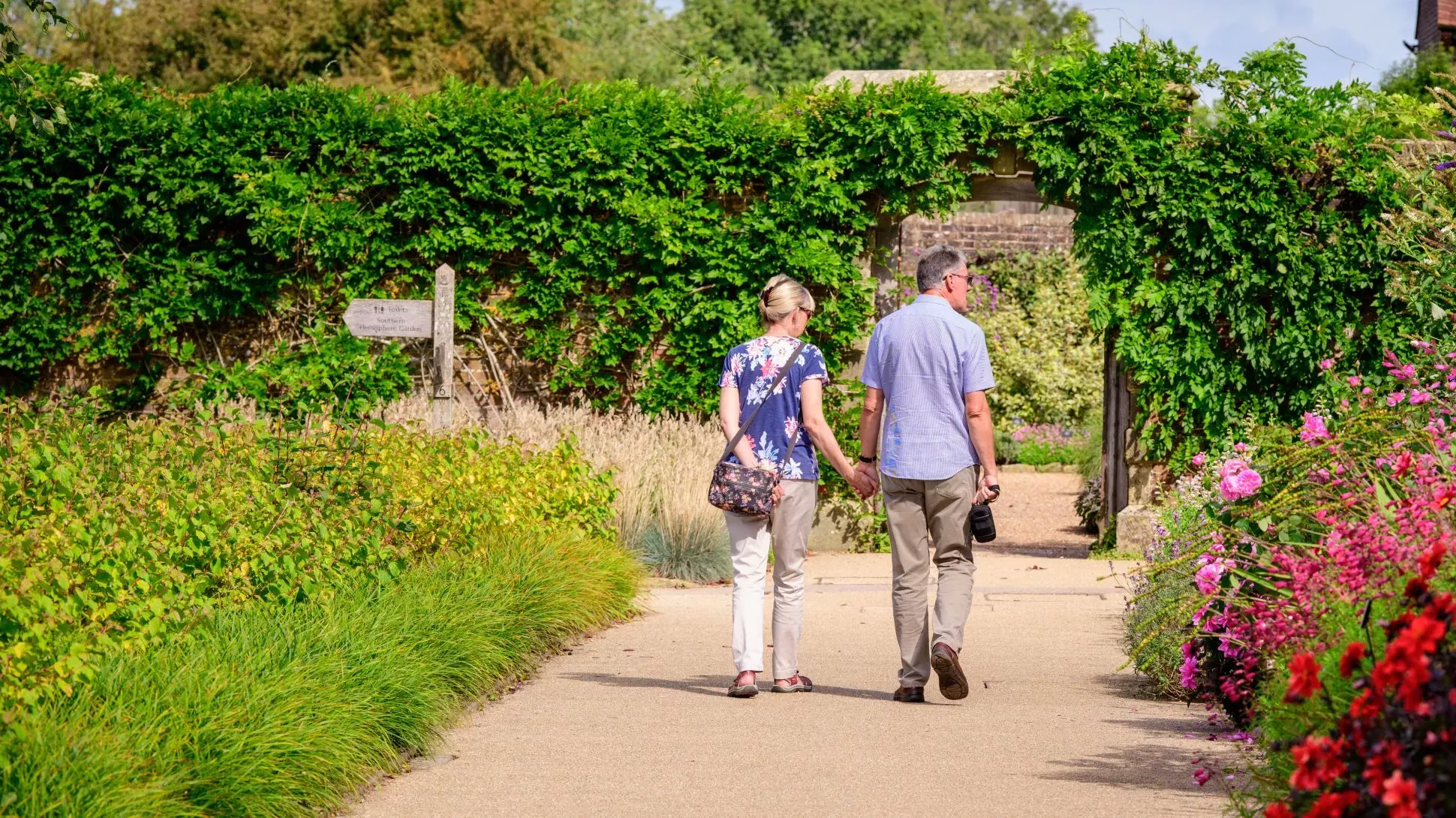
Working with local schools
A key area of our wellbeing research is looking at how the younger generation find connections within nature, particularly within a rapidly advancing digital world.
For the study, Wakehurst will be working with 36 local schools, gathering responses from over 1,000 younger visitors.
Their experience will be slightly different to that of the adults, as they are taken to one of three research locations: meadow, wetland or woodland. Here, the children are encouraged to tune in to their senses and notice the natural landscapes around them.
After the wellbeing walk, the children complete three drawings, inspired by the emotions they have felt whilst spending time in nature.
Lorraine commented, 'What’s really exciting is that we’re bringing our science to visitors and families of Wakehurst. This research is a melting pot of exciting opportunities, and our diverse landscape is such a unique place to undertake these surveys.'
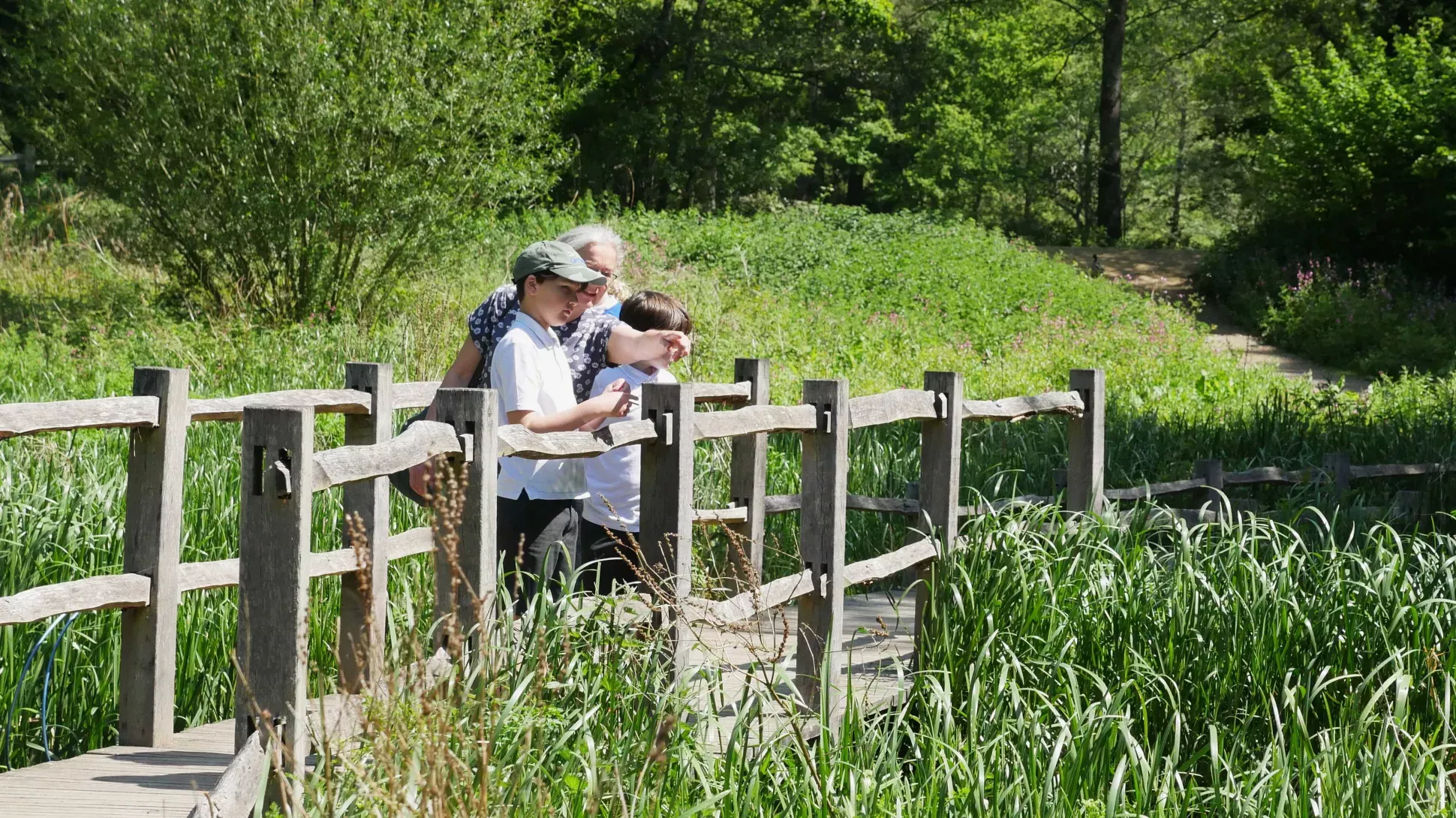
From the Anthropocene to the Symbiocene
For Wakehurst, researching our connection to nature comes at an ideal time, as scientists around the world argue we need to enter a new era: the Symbiocene.
Leaving behind the Anthropocene, where humans are the dominant force, scientists are urging us to consider living in harmony with nature.
Lorraine explained, 'We should be pushing for us to be part of this rich biodiverse tapestry, as opposed to above it.'
This research will be a driving force in identifying our need for nature, and vice versa, as we can learn how to become stewards of nature, helping it to fight against threats such as biodiversity loss and climate change.

A shared future
In the short term, this research will help to encourage conversations around biodiversity, and raise awareness of the different habitats that benefit our mental and physical wellbeing.
At Wakehurst, we want to give everyone the opportunity to explore nature and truly understand what it is about being in natural surroundings that helps to boost our mood.
With the data from this research, we’ll be equipped with invaluable evidence that will help inform how we design landscapes to improve our wellbeing – from green spaces at home, to major planting schemes funded by governments and key decision makers.
'By working with landowners, we’ll be able to develop example landscape designs that are thought-through and beneficial. These can then be replicated nationally and even internationally to improve our wellbeing through nature,' Lorraine said.
We’re taking social prescribing to the next level, by questioning what kind of green spaces help our communities.
From homes to hospitals, we want to encourage our natural allies in all environments to bloom into the best they can be, for both us and our biodiverse world.

